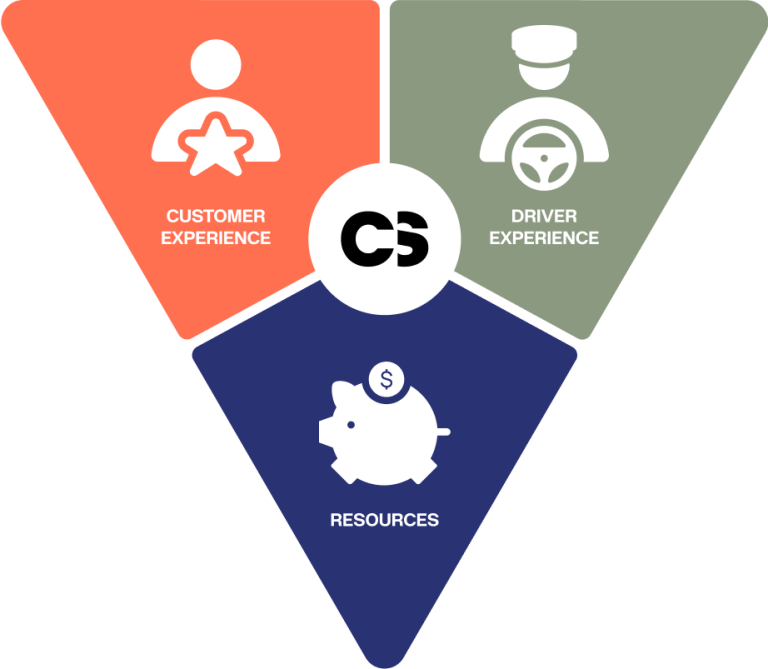
Labor Negotiation Support: Building Win-Win Workforce Agreements
Labor negotiations are high stakes. The terms agreed to during discussions will shape an agency’s operations, costs, and workforce dynamics for years. As well, agencies face challenges like limited funding, rising driver expectations, and growing competition for qualified drivers which puts even more pressure on negotiations.
Meanwhile, the strain on transit systems is increasing. Driver shortages are worsening across North America, amplified by an aging workforce and new demands like network expansions and fleet electrification. APTA surveys[1] show that better work conditions, especially improved schedules, are key to recruiting and retaining drivers, yet every compromise must still align with financial and operational realities.
Scenarios Your Team Might Be Facing Today
Upcoming Collective Agreement Renewal
The contract is approaching its expiration date, requiring timely preparation for complex discussions.
Limited Internal Bandwidth or Expertise
Your scheduling team may lack the time or expertise to support negotiations with data‑driven insights while still handling the day-to-day workload of producing regular schedules.
Rising Costs and Funding Constraints
Operational costs keep rising, and limited funding makes it impossible to simply “pay your way out.” Creative solutions are needed to improve conditions without inflating labor costs.
Driver Shortages and Pressure to Improve Working Conditions
Recruiting and retaining drivers is harder than ever. Union demands include better schedules, guaranteed hours, and improved work conditions.
New Service Changes Impacting Work Rules
Network redesigns, service expansions or fleet electrification are reshaping your transit services. The current labor contract no longer aligns with the evolving needs of your service, necessitating a re-examination of work rules.
Unlock New Possibilities with Proven Scheduling Expertise
CSched brings a team of expert schedulers with decades of experience in both schedule design and collective bargaining across North America. We use data, simulations, and proven optimization practices to openly explore options that improve driver quality of life, uphold service reliability, and manage operational costs.

At the Table or Behind the Scenes
Our approach adapts to your reality: we can actively participate in negotiations to facilitate discussions, or work in the background to provide evidence and scenario modeling that inform your decisions. Either way, you gain clear insights and credible solutions to navigate high‑stakes agreements with confidence.
As well, we can either be involved at key moments or support you throughout the entire negotiation process, depending on your needs. If you choose our turnkey support for the entire process, here are the steps we follow, typically completed over 8 to 12 months:
1. Preparation
This phase lays the groundwork for successful negotiations and change management.
- Align on needs and goals by gathering input from both union and management and reviewing the CBA and current practices to identify new ideas.
- Set clear roles and responsibilities, and establish committees to ensure smooth progress, representation, and effective change management.
- Develop a joint work plan with all parties to enforce clarity and alignment before negotiations.
2. Brainstorming & Simulations

This phase explores new possibilities and tests their impact through data‑driven scenarios and several rounds of presentations and feedback, while progressively refining options.
- In each round, we present the most promising options. We then run simulations and share the results based on a series of KPIs to either deepen the selected scenarios or explore new ones.
- When a set of viable scenarios emerges, a driver survey is jointly developed with management and union to gather workforce preferences. This ensures the views of all members are considered, not just top-seniority drivers sitting at the negotiating table, thus fostering broader buy-in for any proposed revised CBA.
- Workshops can also be held to help your team interpret results and communicate them effectively during negotiations.
3. Mock Booking
& Adjustments
This phase validates the chosen scenario in a controlled, trial‑run approach before full implementation.
- A workshop is held to review what will be presented to drivers, align communication materials, and secure a final GO. This is followed by a mock booking with all drivers.
- Following the mock booking, a driver survey is collaboratively developed to gather comprehensive feedback. The results are then jointly assessed to determine if final adjustments or additional refinements are needed.
Beyond technical expertise, CSched integrates change management framework throughout the process to ensure every stakeholder understands, supports, and adopts the outcome.
The Advantages of CSched’s Labor Negotiation Support
Labor Negotiation Experience
Collective agreements are renewed infrequently, making it hard to build strong internal expertise. CSched brings invaluable experience garnered from working with dozens of North American transit agencies.
Fresh Perspective & Creative Solutions
We bring proven solutions and fresh insights from other transit agencies, enabling us to develop creative, out‑of‑the‑box approaches to resolve complex challenges and foster common ground.
Data-Driven Insights
Using your agency’s data and constraints, we model cost and operational impacts to accurately predict outcomes and develop proposals that support better quality of life.
Trusted by Union and Management
We’re known for a transparent, balanced approach that builds trust and addresses the goals of all stakeholders.
Get the best results from the best tools
Labor rules are only as effective as your tools allow. We use GIRO’s HASTUS software, the most powerful of the industry, to explore every viable CBA scenario and as a powerful negotiation tool.
Trusted by Transit Agencies Across North America

Driving Sustainable Change for All
Through data‑driven optimization and open collaboration, we create solutions that benefit everyone, improving driver quality of life and enhancing service reliability, while also controlling costs. Testing and evaluating before committing helps to avoid costly policies and aligns your labor agreement with your transit system’s needs.
With the right approach, labor negotiations become more than a bargaining exercise, they become an opportunity to create lasting value and a stronger foundation for the future of your community’s mobility.